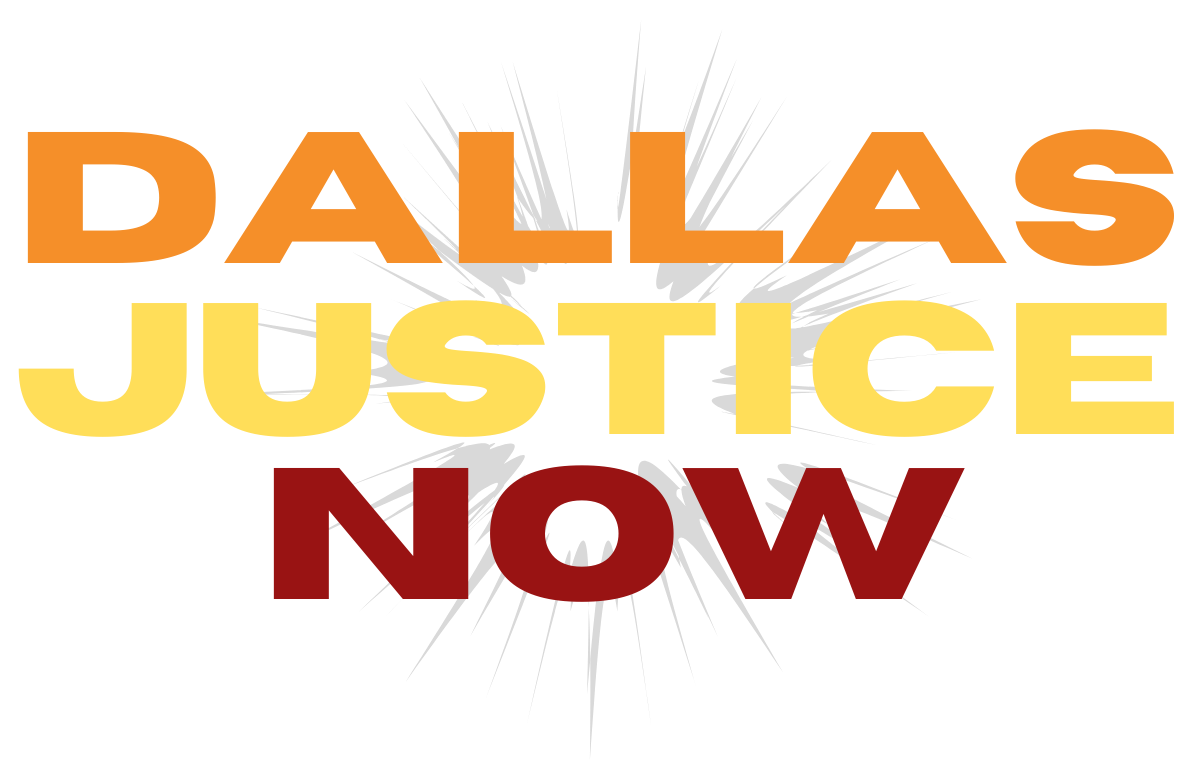What is institutional racism?
Our primary mission at Dallas Justice Now is based in our intention that, by tackling the root causes of institutionalized racism in our city we can remedy the injustices we see on a day to day basis like police brutality and access to quality education.
But what do we mean by institutional racism and what are the root causes?
This blog series will look deeper because as always, we must have awareness before we can take action.
“Solid Ground defines Institutional Racism as “the systematic distribution of resources, powerand opportunity in our society to the bene t of people who are white and the exclusion of people of color.”
Present-day racism was built on a long history of racially distributed resources and ideas that shape our view of ourselves and others. It is a hierarchical system that comes with a broad range of policies and institutions that keep it in place.
In the United States, institutional racism has been responsible for slavery, settlement, Indian reservations, segregation, residential schools (for American Indians), and internment camps. While most of these institutions no longer exist, they have had long-term impacts on our society. As a result of institutional racism, racial strati cation and disparities have occurred in employment, housing, education, healthcare, government and other sectors. While many laws were passed in the mid-20th century to make discrimination illegal, major inequalities still exist.
Institutional racism is distinguished from the bigotry or racial bias of individuals by the existence of systematic policies and practices within institutions that effectually disadvantage certain racial or ethnic groups. Institutional racism can only exist in institutions where the power to enforce and perpetuate policies and practices is invested in white people. Certain housing contracts (such as restrictive covenants) and bank lending policies (such as redlining) are forms of institutional racism. Other examples include racial pro ling by security and law enforcement workers, use of stereotyped racial caricatures by institutions (such as “Indian” mascots in sports), the under- and misrepresentation of certain racial groups in the media, and barriers to employment or professional advancement based on race.”
(Thank you https://www.racialequitytools.org/resourcefiles/institutionalracism.pdf)
